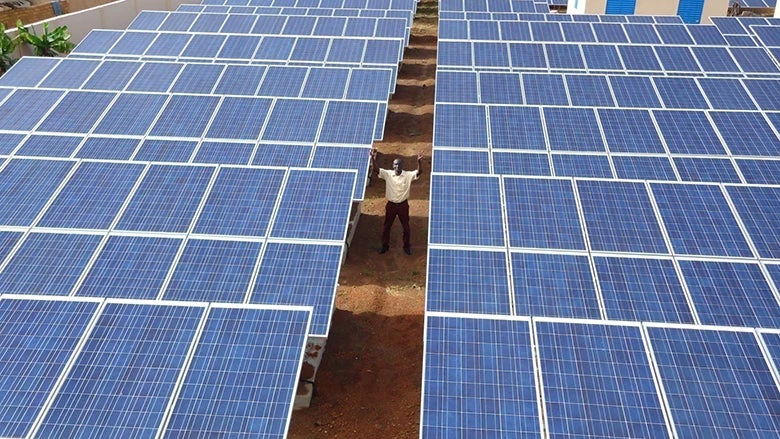
When it comes to climate change, we have been afforded the luxury of either picking a dire headline or a more hopeful one -- for a variety of reasons that often generate a lot of debate. Irrespective of which one we choose, the urgency and the incentive to act could never be clearer.
First, the “winter-is-coming” headline.
The challenges we face from a changing climate are more immediate and real than ever before. According to a new forecast published by scientists at the (UK) Met Office, “the annual global average temperature is likely to exceed 1 °C and could reach 1.5 °C above pre-industrial levels during the next five years (2018-2022). There is also a small (around 10%) chance that at least one year in the period could exceed 1.5 °C above pre-industrial levels (1850–1900), although it is not anticipated that it will happen this year. It is the first time that such high values have been highlighted within these forecasts.”
And then, thanks to the recent outlook for clean energy, there is the ‘yes-we-can’ headline.
For instance, over 100 GW in solar capacity (107 GW) is expected to be installed this year globally, up from 98 GW installed in 2017. More importantly, these are expected to be breaking into newer markets thereby increasing the share of Latin America and Middle East and North Africa regions in the global solar story.
And just in 2018, over 2 GW of storage is expected to be deployed globally, driven partly by increasing demand from renewables as well as improved confidence in the underlying technology. With the right policies and economic impetus, a wider uptake of the technology is possible and can have a significant impact on the transport and power sectors.
Last year, we saw a staggering $333 billion in clean energy investments globally, up 3% over the previous year. Almost half of the funds supported solar energy, mostly in Asia Pacific, primarily using asset backed financing instruments. A similar increase is expected for 2018.
Green bonds continued to be a popular financing modality, almost doubling from $87 billion in issuances in 2016, to $155 billion in 2017. On one hand, renewables continued to use a major share of the proceeds, while on the other, the market saw a major increase in the share of low carbon buildings and energy efficiency activities compared to previous years, recognizing the growing focus on these activities. While issuances from development banks fell slightly, there was a significant uptick in green bonds issuances from sovereign/ sub-sovereign entities thanks largely to issuances from the US, France, China and India, among others. Green bond issuances are expected to break the $250 billion barrier in the current year.
But these are just headlines. There is much, much more to be done.
The Sustainable Development Goals come with a hefty $4.5 trillion price-tag annually, by some estimates, only in developing countries. India alone needs $1 trillion in infrastructure investments by 2030 to provide universal access to electricity. In the nearer future, countries in South America alone will require over $8 billion in new wind and solar investments in 2018 and 2019, according to one forecast.
One thing is clear: the right policy framework that helps lower risks, costs of technology and its adoption, will be crucial in mobilizing private and previously untapped sources of financing.
One example is the recent issuance of the $1.4 billion catastrophe bond by the World Bank covering Peru, Mexico, Chile and Colombia. It is said to be the biggest transfer of natural catastrophe risk from sovereigns to the financial markets.
SDG 17 refers specifically to strengthening the means of implementation and revitalizing the global partnership to reach all SDGs. I would add “reimagining” to the second part. New partnerships between private sector players such as private wealth and institutional investors, and multilateral development banks is one such example. These new partnerships should work towards leveraging individual competencies related to capital mobilization, governance, environmental & social safeguards, among others, to maximize financing made available for a sustainable future.
In a period of limited public resources, constrained further due to competing local demands, thinking outside the box will be critical to unlocking paths to a sustainable and low carbon development of the future. And these re-imagined solutions need to be backed by leadership at all levels if we are to make a dent in the biggest global challenge we will face in our time.


Join the Conversation